Orthodontic issues can affect patients of all ages, as naturally perfect teeth are quite rare. Malocclusion, commonly known as a “bad bite,” can create difficulties with chewing, maintaining oral hygiene, speaking, and even affect the appearance of your smile. This condition can be inherited or may arise from habits such as thumb sucking, dental disease, inadequate oral care, accidents, birth defects, or other medical issues.
Addressing orthodontic problems can help prevent more serious dental complications later in life. Modern orthodontic treatments are designed to enhance oral health, boost confidence, and create beautiful, lasting smiles.
Understanding the orthodontic challenges you or your child may face is the first step toward achieving a healthier, more functional smile. Orthodontic care from Dr. Flor Segovia can significantly improve both your bite’s functionality and your smile’s aesthetics.
Below are examples of the most common orthodontic issues and how they impact oral health.
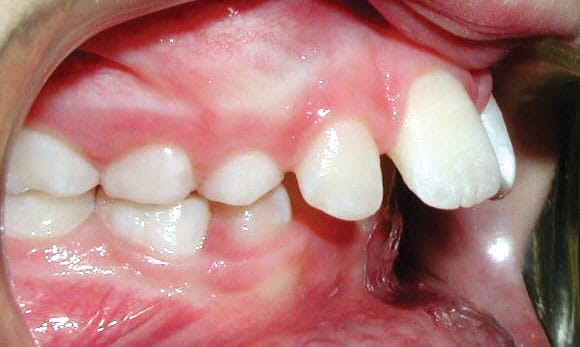
Upper Front Teeth Protrusion
This condition affects the appearance and functionality of your teeth. It occurs when the upper teeth extend too far forward or the lower teeth fail to extend adequately forward. This issue may increase the risk of trauma to the front teeth and affect overall jaw alignment.
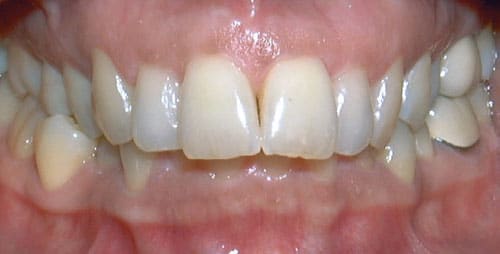
Overbite
An overbite happens when the upper front teeth extend over the lower front teeth. In severe cases, this can cause the lower front teeth to bite into the roof of the mouth. Overbites can also lead to excessive wear on the teeth and may cause jaw discomfort over time.
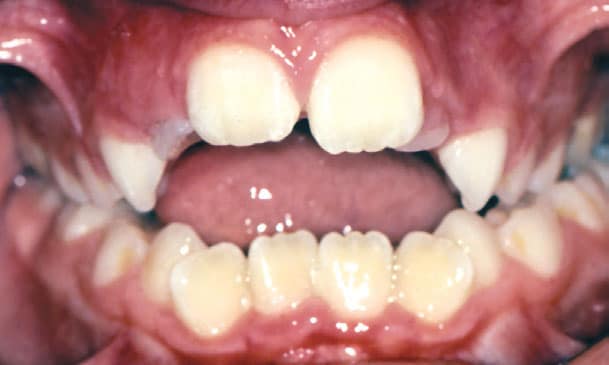
Open bite
An open bite occurs when the upper and lower front teeth do not overlap, making proper chewing difficult. This condition can also encourage habits like tongue thrusting. If untreated, open bites may lead to speech difficulties and uneven teeth wear.
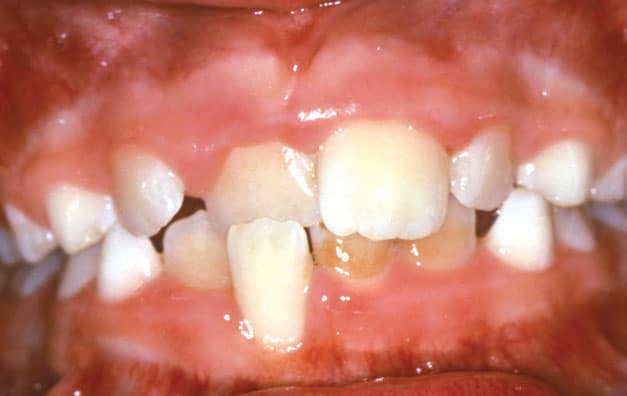
Crossbite
When the upper teeth sit inside the lower teeth, it can lead to misaligned jaw growth and functional issues. Crossbites often cause uneven tooth wear and can make chewing and speaking more challenging.
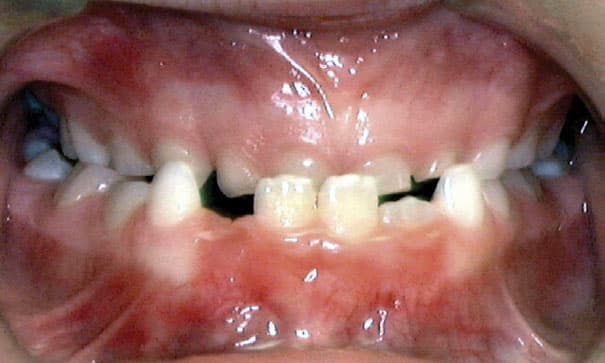
Underbite
In cases of underbite, the lower jaw extends forward, causing the lower front teeth to sit in front of the upper front teeth. Underbites can lead to difficulty chewing, speaking, and maintaining proper jaw function.
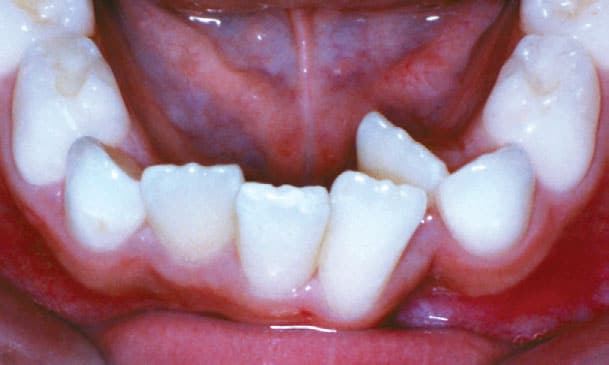
Crowding
Crowding arises when there isn’t enough space for teeth to erupt properly from the gums. Often, crowding can be resolved through expansion, eliminating the need for tooth extraction. Severe crowding can make brushing and flossing difficult, increasing the risk of cavities and gum disease.
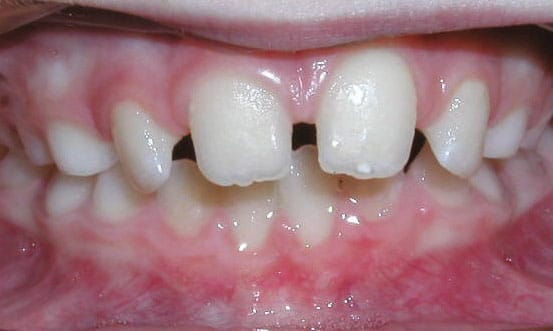
Spacing
Spacing issues caused by missing teeth or natural gaps may be purely cosmetic but can sometimes affect functionality. Properly aligned teeth help prevent food trapping, reducing the risk of decay and gum problems.

